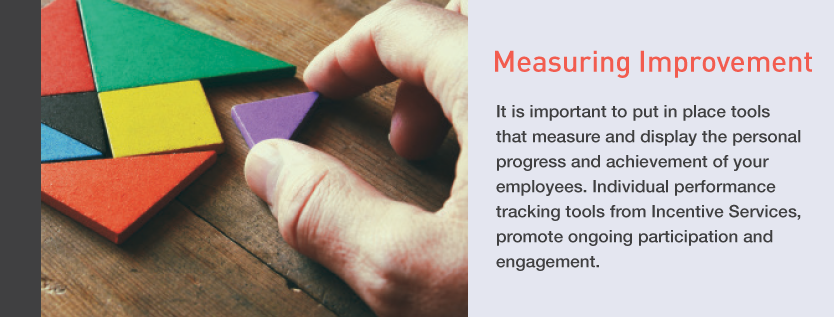Moving The Middle
In order to maximize performance, it’s important to understand the cross-section of a typical workforce. It’s common for an organization to have 10-15% of its employees in a high performing group, and 10-15% in a lower performing, more disengaged group. This leaves the bulk of your workforce in the 70-80% middle percentile.
Well-designed recognition programs help unite your workforce by aligning all generations toward shared goals. Generational motivators should be considered when recognizing top performers to encourage a culture of satisfaction, employee engagement, retention, and organizational success.
The bottom line results of your organization are dependent on whether this middle percentile can be motivated and trained to improve. Outperforming the top employees may seem unrealistic to this group, so it is important that individuals be presented with attainable, incremental goals, and recognized for improving their personal performance contributions.
Jack Welch, former CEO of General Electric, in his book Winning, said, “Most work in an organization gets done by the people in the middle 70, those solid performers who don’t quite shine but work hard and well, and perhaps could shine with enough care and attention. You just can’t allow the middle 70 to toil way in a form of obscurity, like a well-behaved, mild-mannered middle child in a family of attention-grabbing prodigies and troublemakers. Well-managed companies fight that pull. In fact, they make sure managers spend at least 50 percent of their people time on their biggest constituency, evaluating and coaching them. Further, they don’t forget the middle 70 when it comes to rewards, recognition, and training.” (Winning, Welch, 2005, p. 113)
Contact us today to learn more about Incentive Services’ tips for Moving the Middle!



 2018
2018